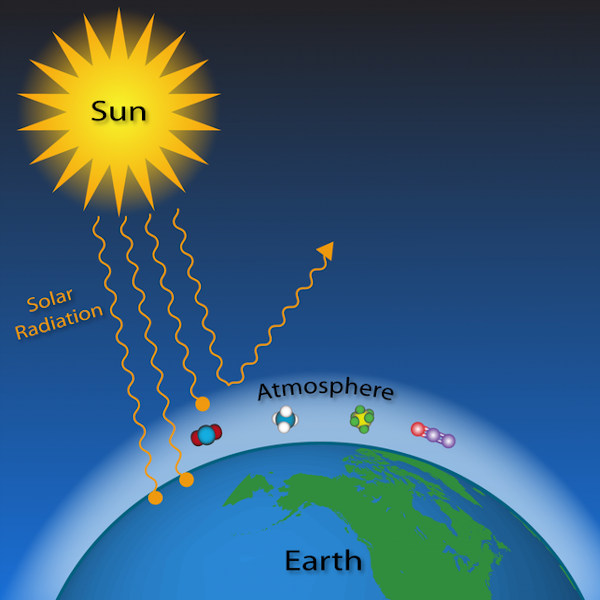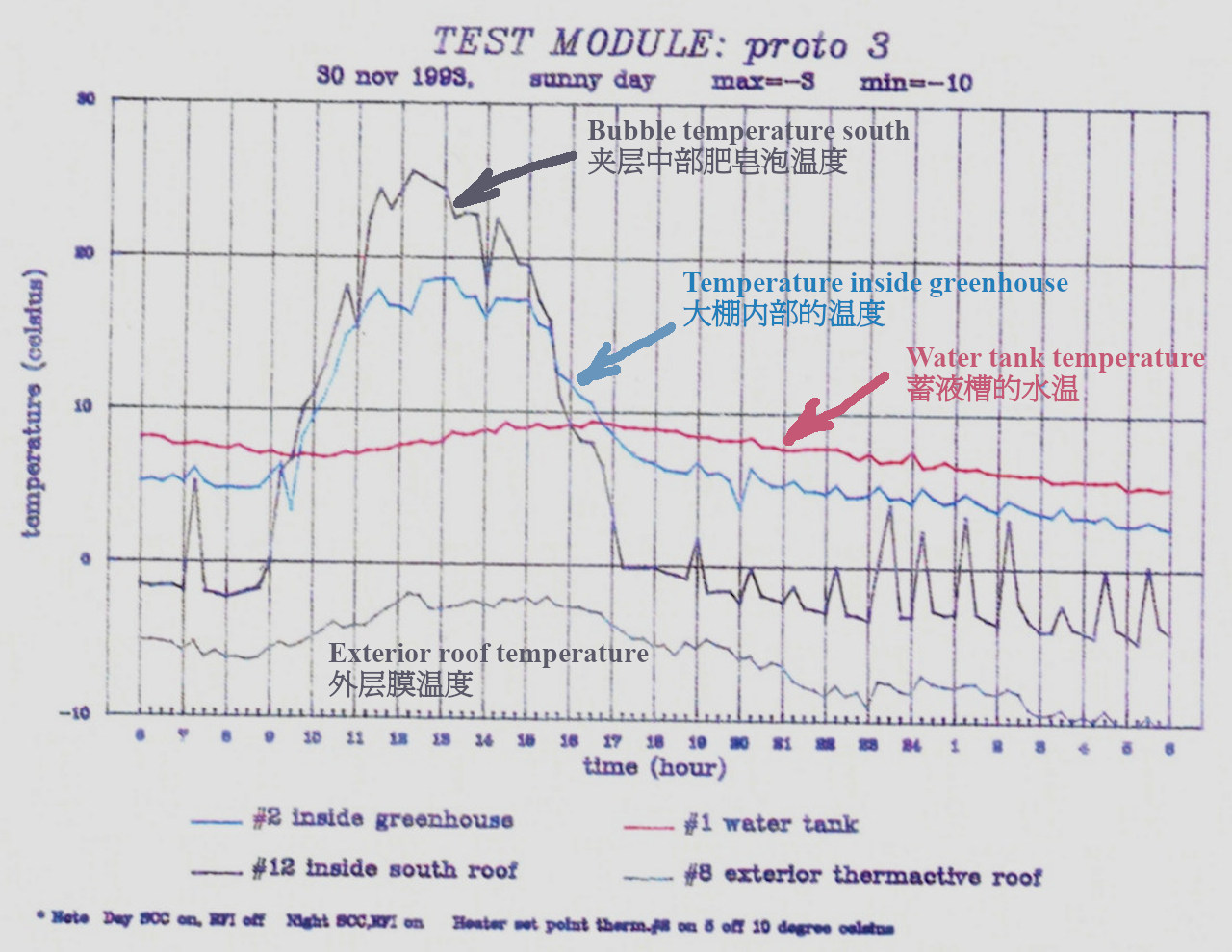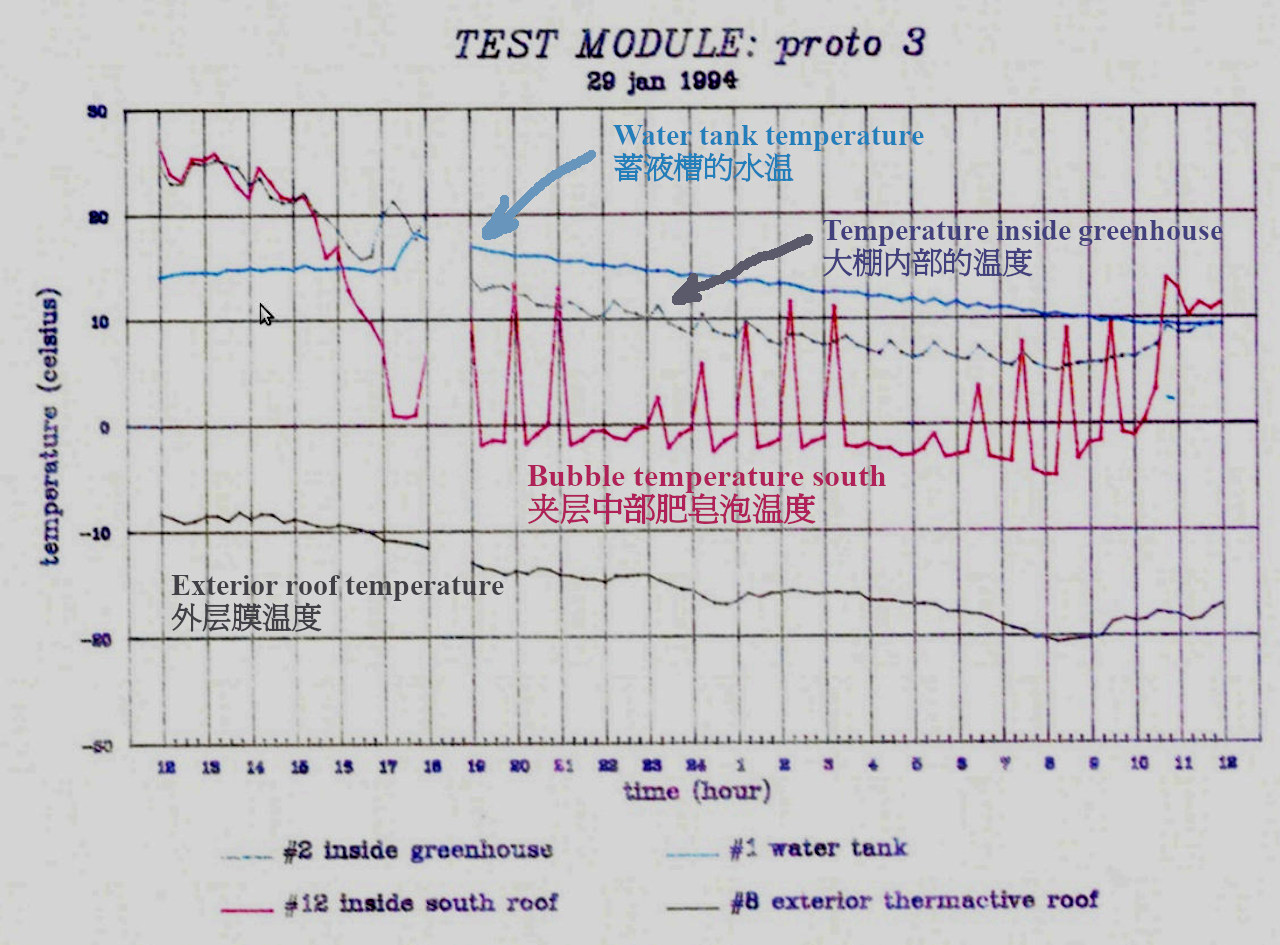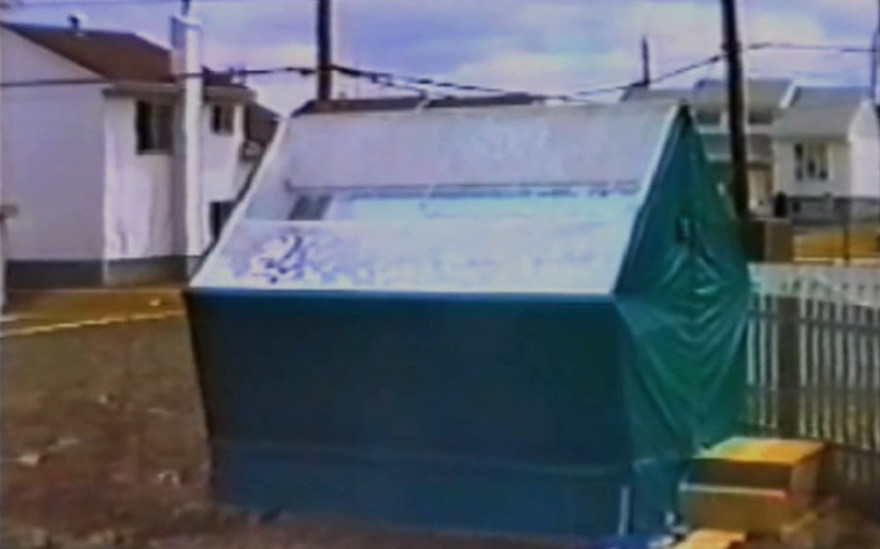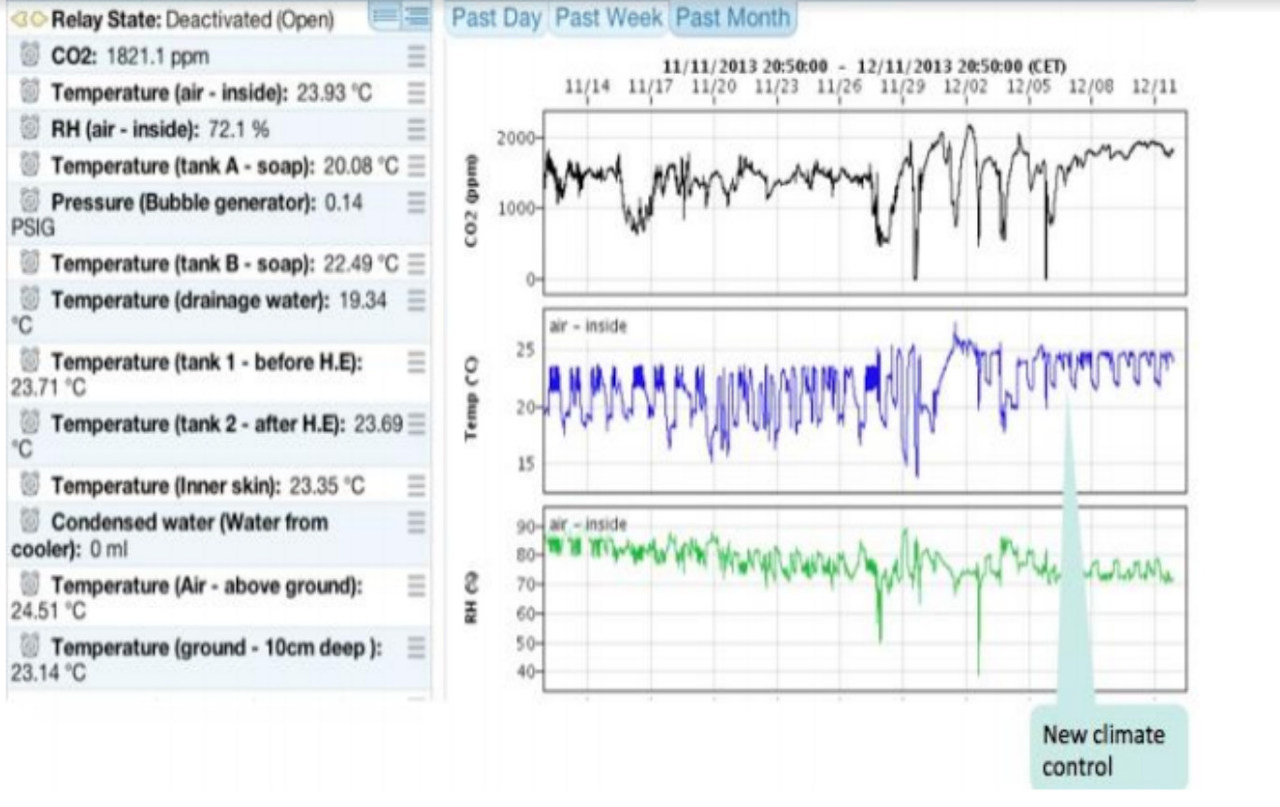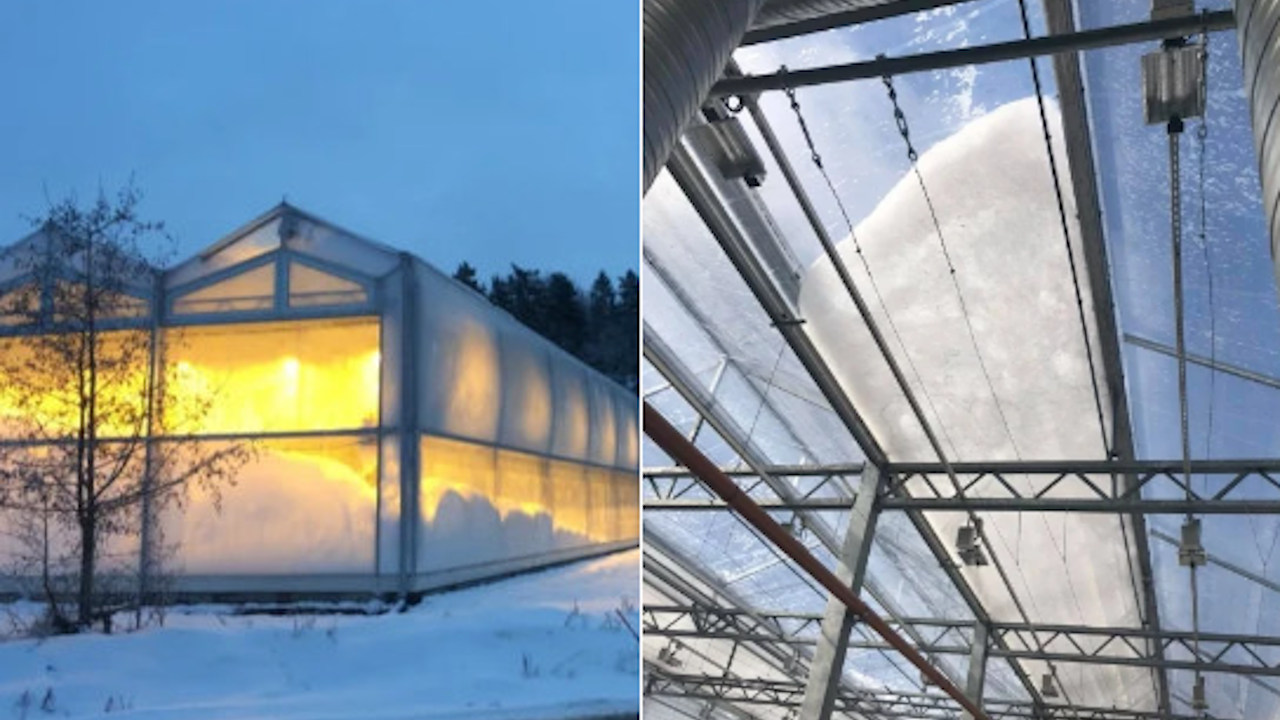This page is prepared in the order of “easy to difficult” (ETD) and “frequently asked to hardly asked” questions (FAQ). We do this in order to help the simplest person to understand what the PyraPOD/SolaRoof synergy is. However, for shortness and simlicity we still name it FAQ.
Question 01: What does PyraPOD mean?
Answer: We take the first four letters from “pyramid” which literally means “fire in the middle”. As for the word POD, you can find that word carries the following two meanings:
- An elongated seed vessel of a plant such as the pea, splitting open on both sides when ripe.
- A detachable or self-contained unit on an aircraft, spacecraft, vehicle, or vessel, having a particular function.
In short, the combination of Pyra and POD, PyraPOD, refers to a “fire in POD” structure to capture and store the naturally available solar thermal energy. It is an energy self-efficient POD space that one can use to grow food and even live inside.
As we find more of its applications in real life, we will develop it to make PyraPOD mobile and even fly in sky!
Click here to go to our home page to read more about PyraPOD.
Question 02: What is SolaRoof?
Answer: SolaRoof is the soul of PyraPOD while the latter is the embodiment of the former. SolaRoof is a technology discovered and fine-tuned to its best by Richard Nelson, a Canadian inventor who have filed 6 patents on it and is currently and actively introducting it to everyone in the world who has the will to learn about it.
As its name indicates, SolaRoof relies solely on the free solar energy we have and put it into good use by creating a double-layer sealed roof-and-wall-combined cavity and then filling it with soap liquid bubbles. The soap bubbles make it easier for the solar thermal energy to be captured and transferred to water molecules. Because of the hight capacitance of water for heat storage and release, many outstanding ecological properties can be utilized in a closed space (we call it POD) that is wrapped around with such a bubble-filled boundary. As a result, the all climate winter-warm/summer-cool and daytime-cool/night-warm environment is created.
Click here to learn more about SolaRoof.
Question 03: Why are soap liquid foam bubbles critical in PyraPOD?
Answer: This is a very good question. We will try to give you a short answer while we prepare a long answer by creating a video in our Bubble Talk and a post.
As we have briefly shared on the home page, in order to appreciate the beauty of soap liquid bubbles, we have to borrow the real and working model from nature. That is the atmosphere above our heads and over in the sky. Take a quick look at the following picture:
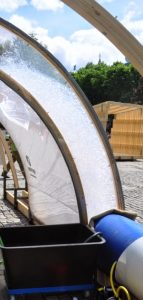 As you can see, the sun represents the heat source (hot, in the form of heat radiation) and the earth stands for the heat sink (cold, with the help of mainly water). Therefore, the atmosphere in the middle plays multiple and critical roles. To name a few, (1) passing most of the sun light; (2) capturing some of the sun’s thermal energy in the red light region; (3) balancing the thermal equilibrium between the heat source and heat sink, etc. In fact, it is mainly the water vapor within the atmosphere that plays these roles.
As you can see, the sun represents the heat source (hot, in the form of heat radiation) and the earth stands for the heat sink (cold, with the help of mainly water). Therefore, the atmosphere in the middle plays multiple and critical roles. To name a few, (1) passing most of the sun light; (2) capturing some of the sun’s thermal energy in the red light region; (3) balancing the thermal equilibrium between the heat source and heat sink, etc. In fact, it is mainly the water vapor within the atmosphere that plays these roles.
Now, comes to this one single obvious fact: without any proper insulation, any structure such as clear, closed and single layer covered structure on earth is hot in summer and cold in winter and also warm during the day and cold at night. Don’t believe it? Test it yourself by build a traditional single layered greenhouse.
Why? Because the temperature inside such a greenhouse is determined by the sun. So the greenhouse is warm and hot during the day and cool and cold after sunset. The heat coming in cannot be stored for use at night. No material is fit to play the triple role that the atmosphere acts in real life except for something in between water vapor and liquid: water bubbles.
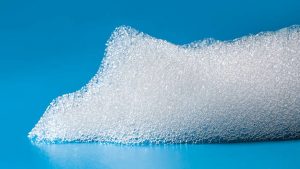 However, as pure water is hard to form bubbles, we add soap in water and everyone knows that it is very easy to make tiny soap bubbles and form the bubble foam.
However, as pure water is hard to form bubbles, we add soap in water and everyone knows that it is very easy to make tiny soap bubbles and form the bubble foam.
Therefore, soap liquid bubbles make a tramendous difference in (1) allowing light coming in; (2) absorbing solar thermal energy in red light region; (3) balancing the temperature upsway during the day and downsway at night.
So no filling of liquid bubble foam in a double-layer glazed greenhouse means the worse case for making a greenhouse in the first place. That critical!
Question 04: Why do I have to use soap liquid foam bubbles to build a greenhouse?
Before we build a greenhouse, we have to understand the critical issue of a conventional greenhouse.
The cirtial issue with any other greenhouses is, too bloody HOT during day/summer and too COLD during night/winter. That is, polarization between two extremes is the issue. If you do not know what we are talking about here, then you do not have a handson experience of this.
How do you solve this problem?
Nothing can solve this problem until you STORE the thermal energy collected during the day and then INSULATE the greenhouse to such an extent that you keep the heat inside and prevent the low temperature radiant heat from seeping in. As a rule of thumb, the insulation has to be so good that the inside temperature drop/loss during the night has to be kept below 1 degree per hour (16 hours between 5pm and 9am in winter means 16 degrees drop). Period. Not doing this with soap liquid bubbles is a pure waste of solar energy and your money.
Remember, WATER is the BEST heat battery/capacitor on earth. Not utilizing this wonderful property of water is purely unwise. The wonder of soap liquid bubbles is, they mix air with water to create a thermal mass that is light in weight and better for solar thermal capture. And it does not block the light coming in, it simply scatters the light and give your appearance of whiteness.
Question 05: Is PyraPOD expensive?
Answer: Yes and no.
Yes, when you compare with the traditonal single layer greenhouse. Double layers means more money. Fans, water pumps, spay nozzles, etc. means more money as well. However, the next will shock you…
No, because when you compare the two with all the same conditions. For example, for both to maintain the same temperature, humidity, CO2 concentration, etc. it is very obvious that the traditional greenhouse is more expensive to build as you have to add a heating device for winter and a cooling apparatus for summer, not to speak of ventilation openings and fans, which will add more to the building costs.
So, PyraPOD is cheaper to build than a conventional single layer glazed greenhouse when you add all the things needed for the latter to compare with PyraPOD which is simpler to build without needing all the extra devices.
Now, let us compare the operating costs.
Because PyraPOD mainly rely on the free solar energy to maintain the temperature, you save a huge amount of the operating costs needed for a conventional greenhouse to maintain the same temperature.
Moreover, PyraPOD creates a closed controlled eco environment (CCEE), it saves a huge amount of water (because of no water loss). Better still, because the plants need a lot of CO2 to conduct the photosynthesis needed to produce the carbonhydrate, a closely sealed environment is much better to maintain the relatively high level of CO2 concentration. In comparation, a highly ventilated conventional greenhouse not only loose water vapors but also the CO2 that is badly needed by the plants.

So the end result in principle? Both low building and operating costs make PyraPOD the first choice for growing food in all climate and even for huamn hebitat.
Hope this helps you to figure out the actual costs for DIY build according to the different sizes and the kinds of materials you choose for structure, covering fabric, etc.
Question 06: What are the numbers for Richad Nelson’s six patents on SolaRoof?
Answer: See the following lists with years as the filing years:
- USA Patent No. 6575234 2002 “Dynamic heating and cooling of a building using liquid foam”
- USA Patent No. 6497074 2001 “Multi-layer flexible panel modules with exterior and interior stressed layers spread apart at the ends and connected intermediate the ends inducing opposing concave deflections to the layers”
- USA Patent No. 5123247 1990 “Solar roof collector”
- USA Patent No. 4521458 1983 “Process for coating material with water resistant composition”
- USA Patent No. 4562674 1982 “Replaceable foam insulation system”
- USA Patent No. 4452230 1980 “Canopy system for a building structure”
Question 07: If SolaRoof is so good as you present it, why does it take so long to use it widely?
Answer: Another good question.
Richard Nelson first used the technology for private experiments from the time of invention (about 1973) until about 1979-80 when the first patents were applied for. Then Nelson used the technology as a basis for his private R&D enterprise that was funded by private and government funding until about 1995. During this time many “commercial confidential” laboratory, field testing and demonstration scale projects were implemented, the largest being a 6,000 square foot greenhouse at McGill University in Montreal.
Since then, Richard has helped numerous inviduals and groups to build greenhouses using the SolaRoof technology. Along the process, he has encountered several attempts of taking ownership to his intellectural properties once the people involved see its huge potential for profits and real life applications.
The simplicity of this technology itself creates three problems for its wide use: (1) The general public thinks it is too good to be true; (2) The commerical operators think it is too simple to hide any business secrets inside its commericallized products; (3) The so-called experts either lack the insight to conceive its full capacity and potential or look down on it as such a low technology to warrant heavy research and study – the opposite is true which opens up a new area in science: Bubble Science.
Over the course of Richard’s persistent effort of promoting it, some have shown tremendous interests in SolaRoof but somehow still lack the persistency to push it to its final commercialization stage. One has to handle it with their own hands and use it to themselves in order to effectively convince others.
Well, there is one more reason that is common to all good things in life: there is a spiritual battle involved that the best thing is always the last to come. That is, a person has to battle with his or her own devil inside to put it into use.
Question 08: How long do the soap bubbles last for? Do you have to keep bubble generator running all the time?
The bubbles last for quite a few hours. Note that they are tiny bubbles and they stick together like massive and light foam body in a sealed cavity. This way they will not burst easily as in the case of large bubbles and of being exposed in open air.
The bubble generator needs to be operated only for a few minutes with fan for air and pump for soap liquid. This means that the bubble generator is designed to fill the entire double-layer cavity in just a few minutes. As a rule of thumb, the soap liquid expands 1000 times in foam bubble form.
Watch this video and see how fast and how much bubble foam that can be produced:
Question 09: Will the soap bubbles leave stains on the transparent glazing skin?
No!
People are concerned about his because that is what we see when we take a bubble bath 🙂 Stains are created when the soap bubbles are used to wash our oily body and as a result have a layer of dirty foam floating.
In the case of filling soap liquid foam in PyraPOD, the double layer cavity is sealed and no dirty or anything can get in. It is clean there and also clean in soap liquid tank. Also, the cavity is wet whenever there are wet foram and liquid film in the cavity. Even there are stains on the inner skin, they will be washed down with the bubble or liquid flow. No chance to form dry stains.
Question 10: In winter time, the bubbles tend to freeze – would that affect the performance?
There is no problem with frozen bubbles in cold winter. It normally takes place near the outer layer inside the cavity. In fact, when bubbles are frozen, they seal the air even better. A lot of people tend to think that when bubbles freeze, they will burst. No, that will not happen unless they are crashed by physical force. I have a video to prove that bubbles do not burst when freezing happens:
Question 11: Are there some data supporting that SolaRoof technology is truly working?
Yes, Richard Nelson did most of the R&D work in 1980’s and 1990’s. The following two charts showing the curves of four temperatures monitored (outside, inside, bubbles, and soap liquid tank) with a prototype greenhouse he set up in his own backyard:
Want to see how this prototype looks like? Here is a screenshot from a video:
Here is the video showing Richard’s 40 years of SolaRoof invention and projects reviewed: from 1973 to 2013
https://www.youtube.com/watch?v=EYo8YPHad_k
https://www.youtube.com/watch?v=EYo8YPHad_k
Sadly, all other parties doing either DIY or prototype tests either did not collect data as Richard did or chose not to reveal data they collected. The following chart is taken from a 2015 Master Thesis showing CO2 concentration, temperature and humudity of a large scale SolaRoof greenhouse built in Norway:
How does this large scale greenhouse look like? See below:
If you would like to read the thesis and Richard Nelson’s commentary, please go to the following URL:
2.bitypod.com/channel/SolaRoof_historic_projects
You need to register and login to access it.


